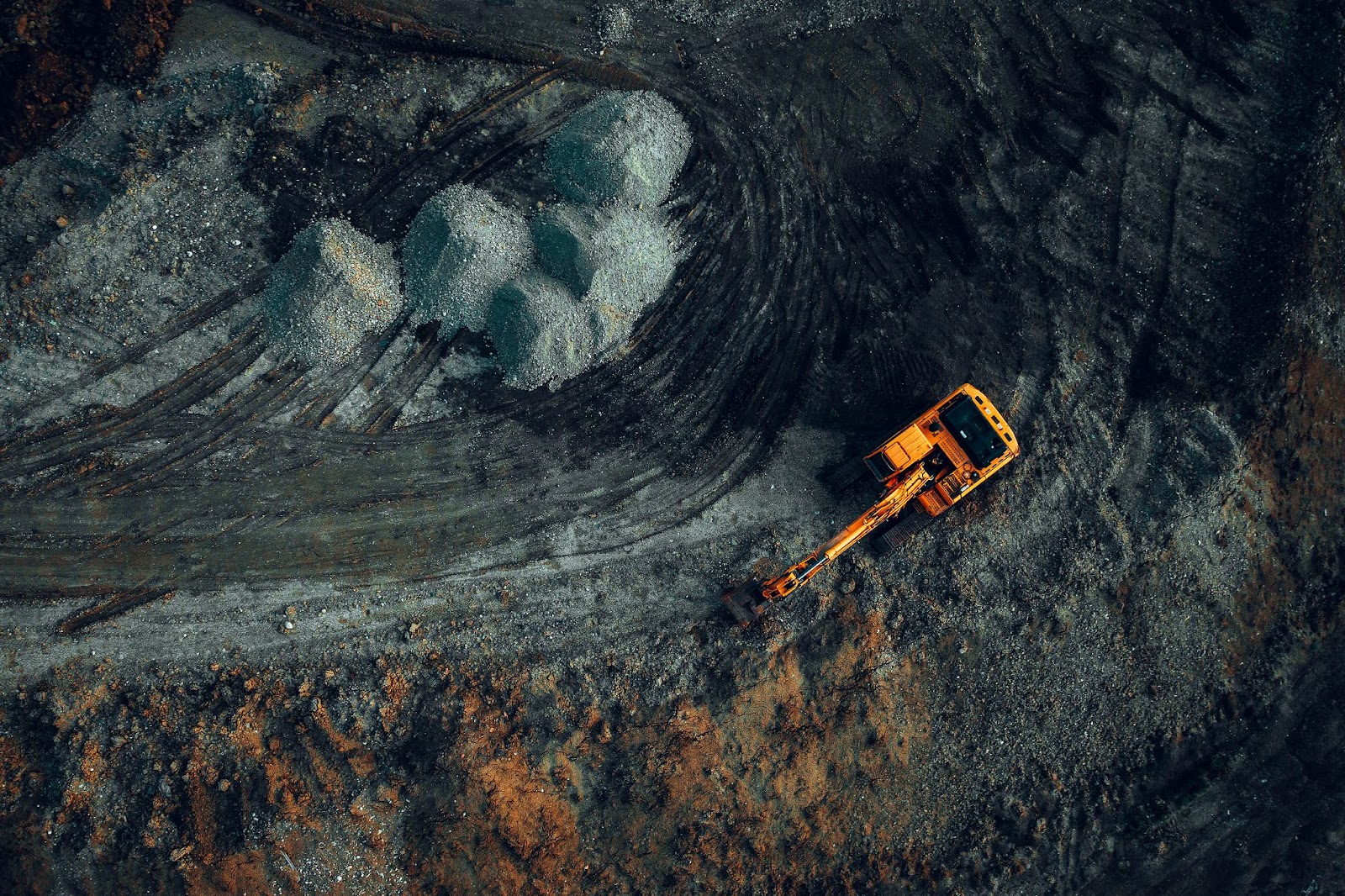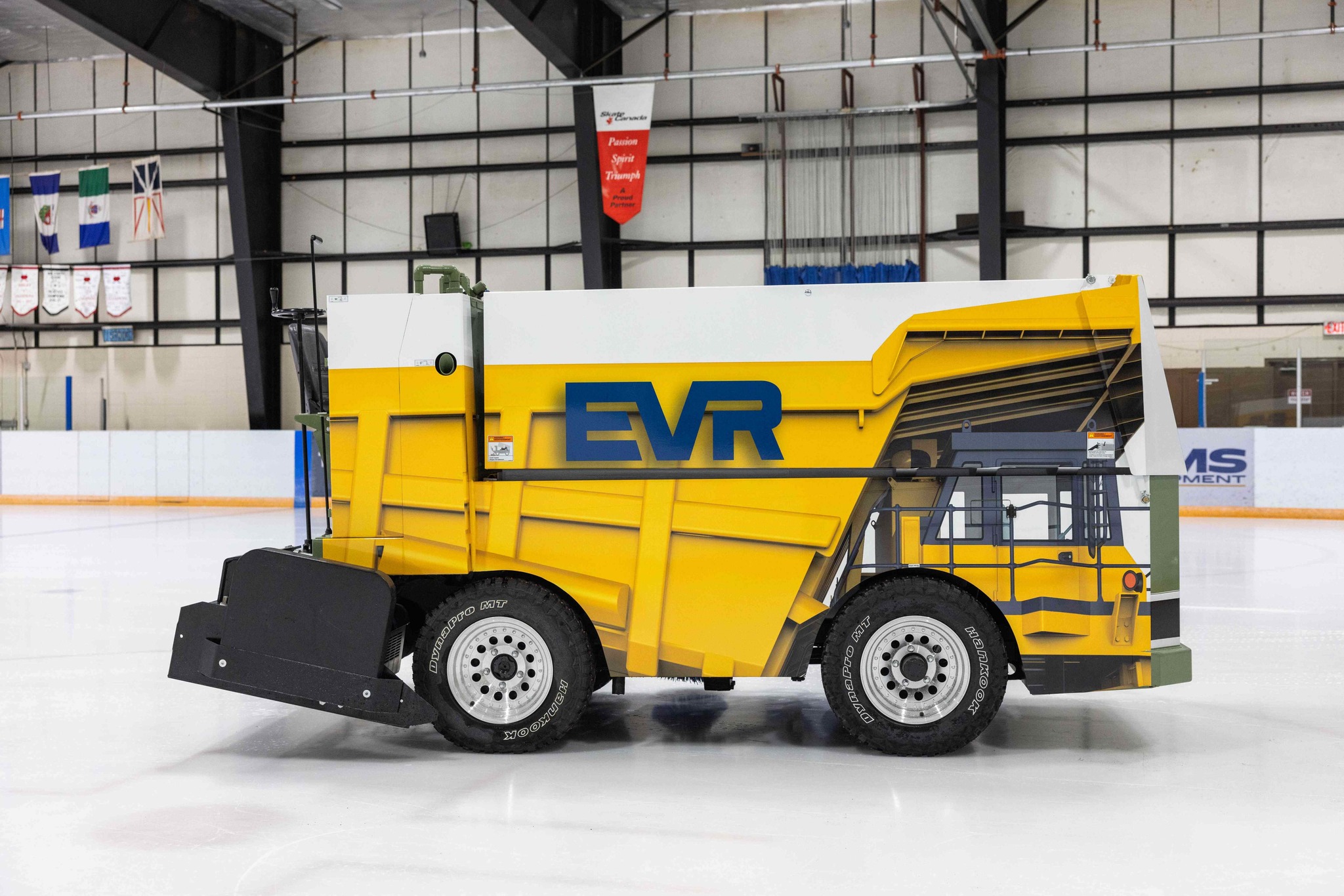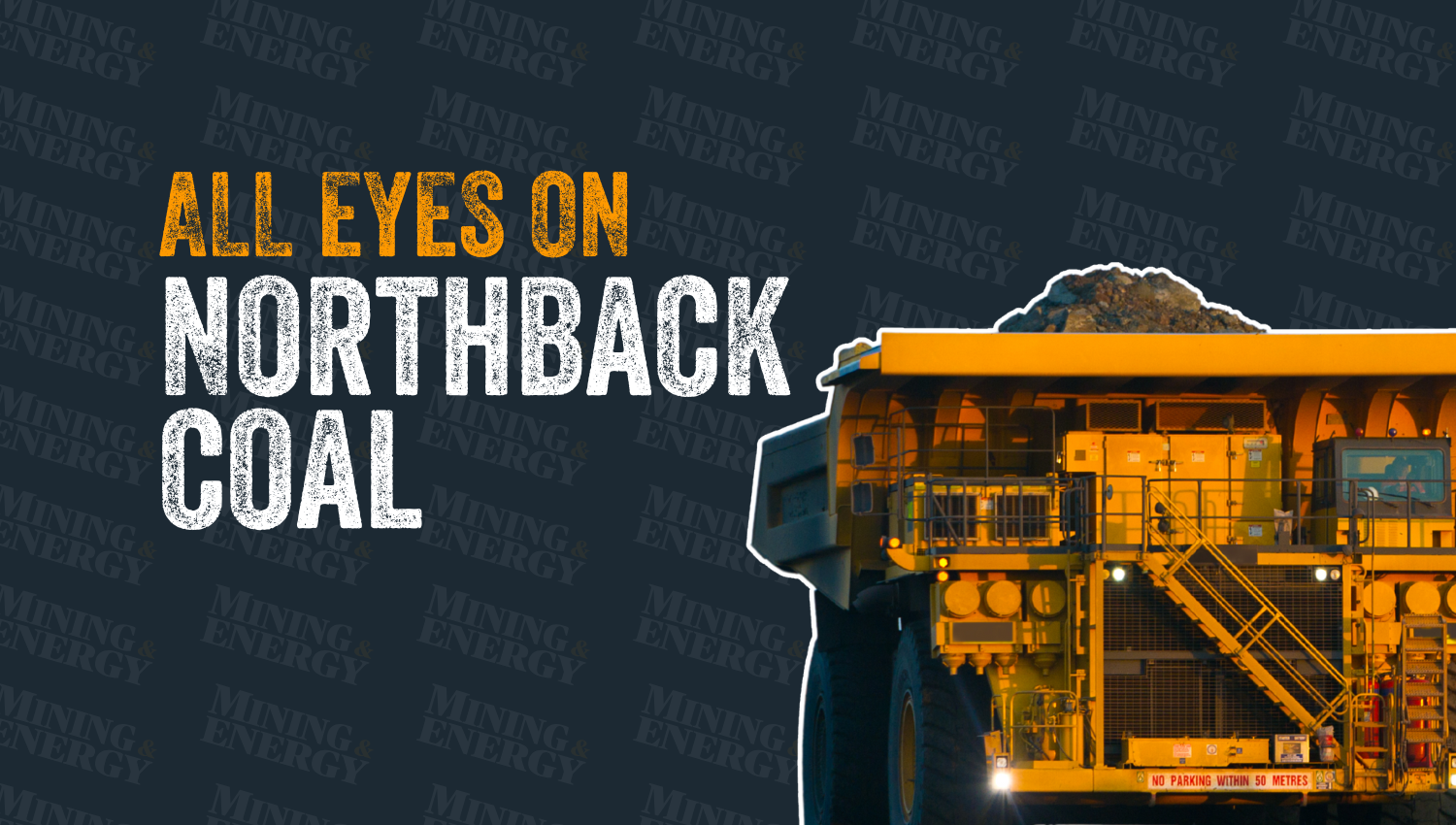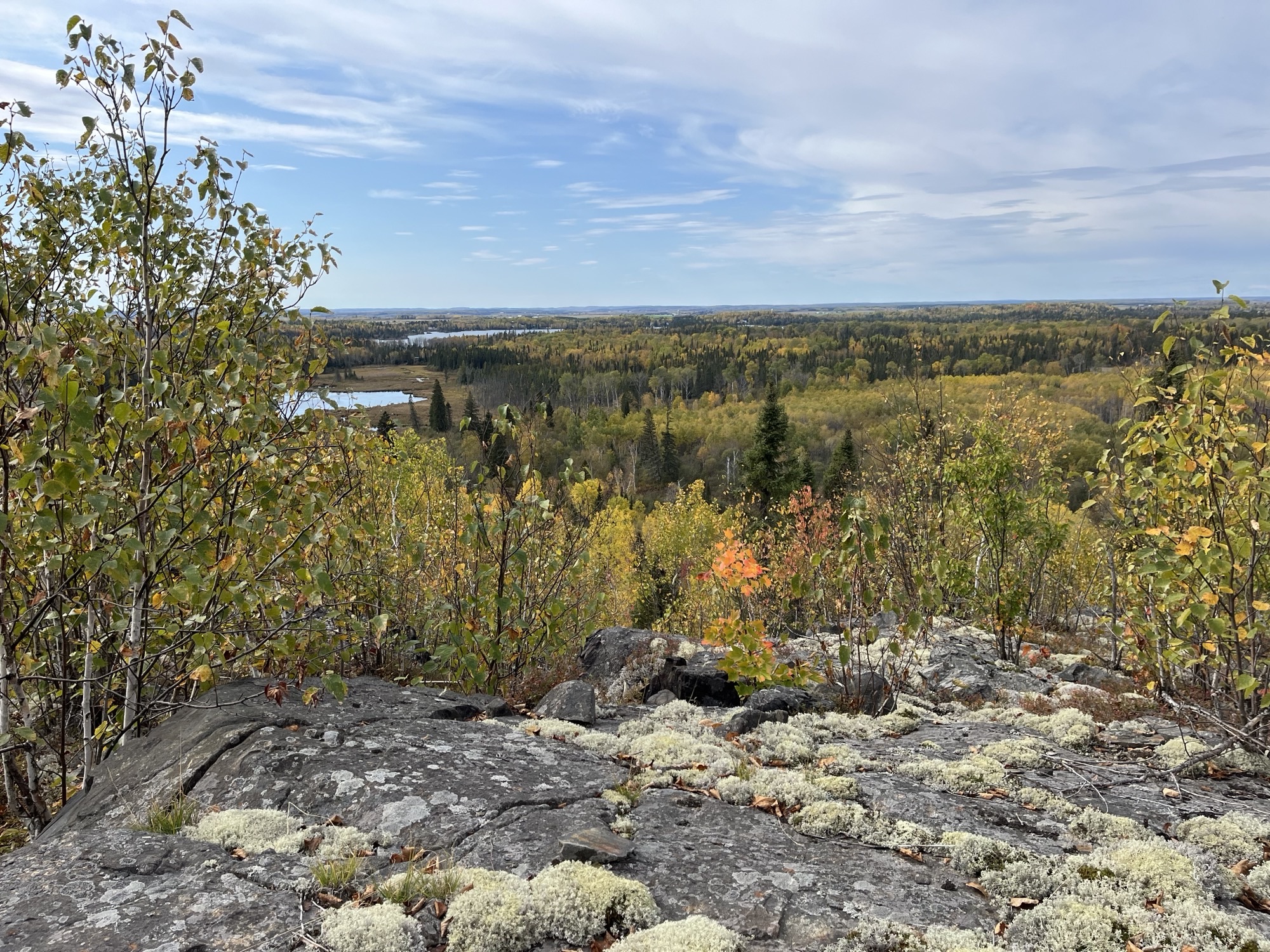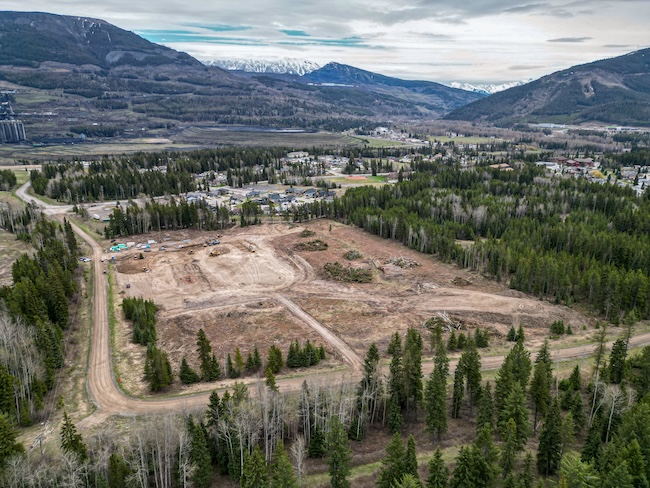Investigating a new source of nickel
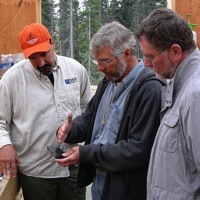
1 of 2Ron Britten (centre), vice-president ofexploration for First Point Minerals Corp., examines awaruite core samples at the Decar Project's core s
1 of 2Ron Britten (centre), vice-president ofexploration for First Point Minerals Corp., examines awaruite core samples at the Decar Project's core shack along with two officials from Cliffs NaturalResources Exploration Canada Inc. — Photo courtesy First Point Minerals Corp.
Two mining exploration companies are moving ahead with a development in north central British Columbia that just might revolutionize the nickel-mining industry.
First Point Minerals Corp. and Cliffs Natural Resources Exploration Canada Inc. believe their Decar awaruite project, 90 kilometres northwest of Fort St. James, just may provide the world with a technically and economically viable new source of nickel. Awaruite is a naturally occurring nickel-iron alloy that has never been used as a source for commercial nickel before.
A preliminary economic assessment (PEA) for Decar that was released in March 2013 suggested the project’s low-grade deposit could be processed into a nickel-iron-chromium concentrate with a grade of 15 per cent nickel. A marketing study within the PEA confirmed that a number of potential customers would find this concentrate—and a lower-grade concentrate of four per cent nickel—suitable and, in some cases, desirable.
Since then, a lab in Mississauga, Ontario, has produced high-grade ferronickel using a Decar nickel-iron-chromium concentrate.
And just this past April, six potential customers participated in a market test using a Decar nickel-iron-chromium concentrate with a grade of 16.5 per cent nickel. Although the results are preliminary, the potential customers said they found no problems with the concentrate, that a market for it exists, and that it would work in their facilities to produce such products as ferronickel and stainless steel.
Cliffs Natural Resources Exploration Canada is now proceeding with a prefeasibility study, which it could complete as early as August 2015. Ron Britten, vice-president of exploration for First Point Minerals Corp., said once that study is completed and if everything appears positive, construction of a mine at Decar could begin in two or three years.
Britten spoke after a presentation on Decar on May 22, 2014, that was part of the Minerals North 2014 mining conference held in Vanderhoof, B.C.
Cliffs Natural Resources Exploration Canada is advancing the Decar project under an option/joint-venture agreement. Cliffs owns 60 per cent of the project and First Point owns 40 per cent.
Britten also said after his presentation that it made economic sense to build a nickel mine now.
“At this time, it’s the nickel price itself—it’s going in the right direction," he said, "better than any other metal right now. And I think that will continue for a number of years, simply because of supply and demand.”
Britten said nickel prices have particularly increased from the end of 2013 to the beginning of 2014 at least partially due to a nickel production ban in Indonesia. As a result, the world’s supply of nickel ore could be in a deficit situation as early as 2015.
But Britten said perhaps the biggest obstacle to building a mine soon might be a financial one. The 2013 PEA estimated the project’s initial capital cost at just under C$1.4 billion, with a payback period of 6.4 years.
Britten said Cliffs Natural Resources Exploration Canada’s parent company, Cliffs Natural Resources Inc. of Cleveland, Ohio, is a big iron-ore producer. Because the price of iron ore has fallen in recent years, the company’s cash flow is suffering.
However the rising price of nickel is at the top of a list of good reasons why the companies might build a mine at Decar.
The 2013 PEA determined the price of nickel to be produced at the mine at US$7.04/pound, 75 per cent of the three-year trailing average London Metal Exchange (LME) nickel price. The operating cash cost would only be C$3.23/pound. The exchange rate for the PEA’s estimates were based on 0.97 US$/C$.
The PEA also said a Decar mine would provide a long-term, consistent supply of ore.
It would be an open-pit mine with a 24-year mine life. And the indicated mineral resource estimate (taking into account real mining constraints) at the main Baptiste zone’s deposit is 730 million tonnes of 0.119 per cent magnetic-recovered nickel, while the inferred mineral resource estimate is 195 million tonnes at 0.114 per cent.
The property is also already accessible by a logging road, and a branch line of the Canadian National Railway is less than five kilometres east of the Baptiste deposit. The BC Hydro power grid is only 110 kilometres to the south.
Another plus for the mine would be that the deposit contains little to no sulphur, which means acid-rock drainage is not a problem.
The companies signed a memorandum of understanding with the Tl’azt’en First Nation in 2012, which among other things establishes processes for the future negotiation of a comprehensive impact and benefits agreement, should the project proceed to mine development.
Finally, being that the property is 245 square kilometres in size, the exploration potential remains excellent, Britten said.
